Not only is Hoi An a renowned cultural heritage site with various unique ancient buildings, but it also has many traditional craft villages, each of which preserves its own distinctive features. In this article, JAVICO will introduce you to the most famous craft villages in Hoi An.
Thanh Nam fishing village
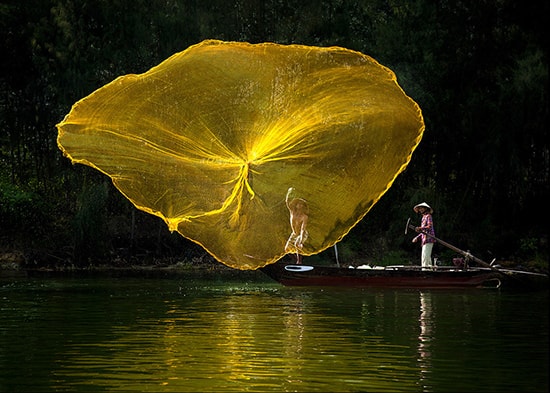
Located in Cam Chau ward, Thanh Nam is an age-old village famous for its poetic scene. Until now, Thanh Nam villagers still preserve unique fishing tools, customs, experiences, and interesting tales about traditional fishing.
Hoi An lantern village
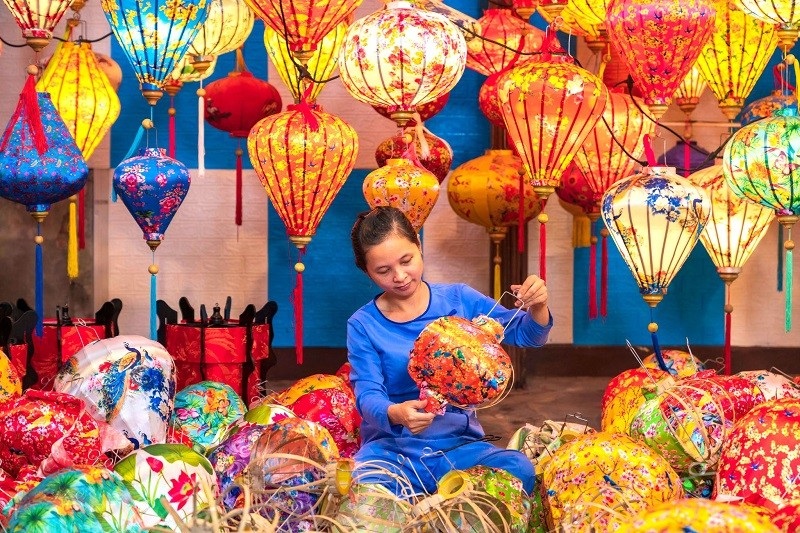
The lantern-making craft has existed in Hoi An for more than four centuries. It is believed that in the past, when people from Chaozhou, Fujian, and Guangdong came to Hoi An, they brought lanterns to dispel their homesickness. Gradually, lanterns are used everywhere in Hoi An, becoming a cultural feature and creating a unique sparkling scene for this land.
Nowadays, craftsmen and artisans who make lanterns in Hoi An not only absorb knowledge passed down from the previous generations but also continuously innovate new designs to make more and more distinctive lanterns.
Thanh Ha pottery village
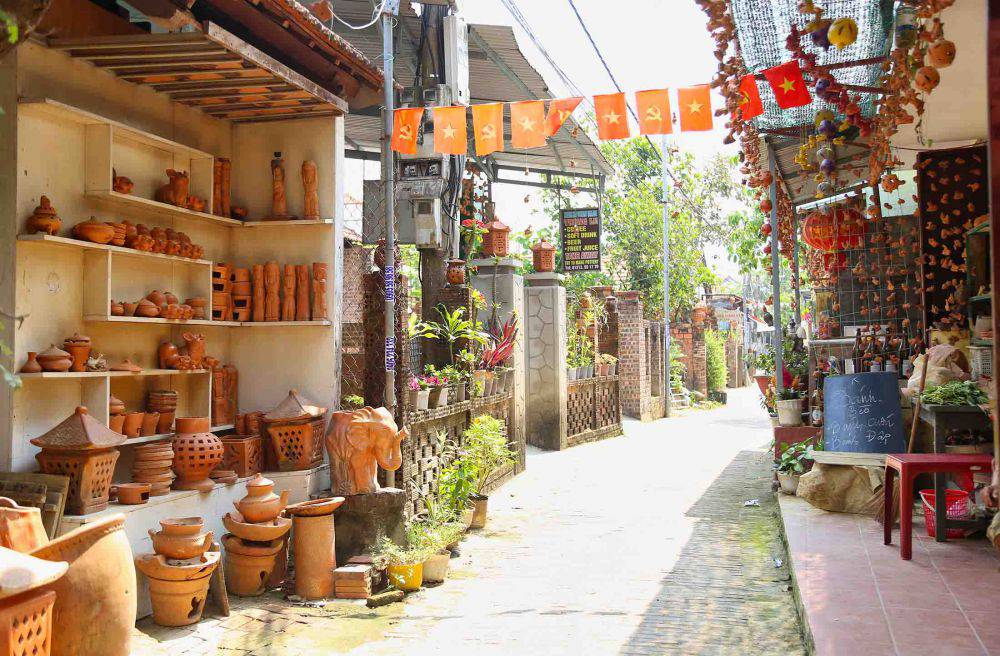
Situated in Thanh Ha ward, Thanh Ha pottery village is a traditional craft village that possesses a long history. The craft of pottery-making has been presented here since around the 16th – 17th centuries and flourished in the 18th century.
The distinction of Thanh Ha pottery lies in the use of yellow-brown clay sourced from the Thu Bon River, which is known for high flexibility and adhesion, making products lighter and having good moisture retention post-firing.
Nowadays, Thanh Ha pottery ranges from daily-use items to decorative items and souvenirs for tourists.
Kim Bong carpentry village
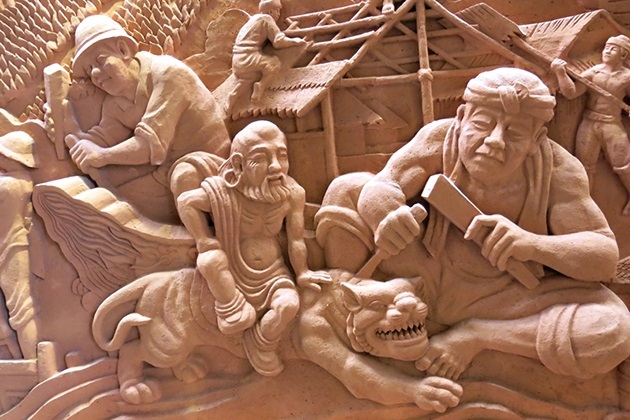
The over-600-year-old Kim Bong carpentry village is nestled in Cam Kim commune. The craft of carpentry appeared here in the 15th century and robustly developed in the 17th – 18th centuries.
In the past, carpenters in Kim Bong participated in constructing many buildings, temples and pagodas as well as building boats using wood. Nowadays, they not only produce fine art wooden items but also take part in Hoi An’s ancient building restoration.
Cam Ha kumquat tree village
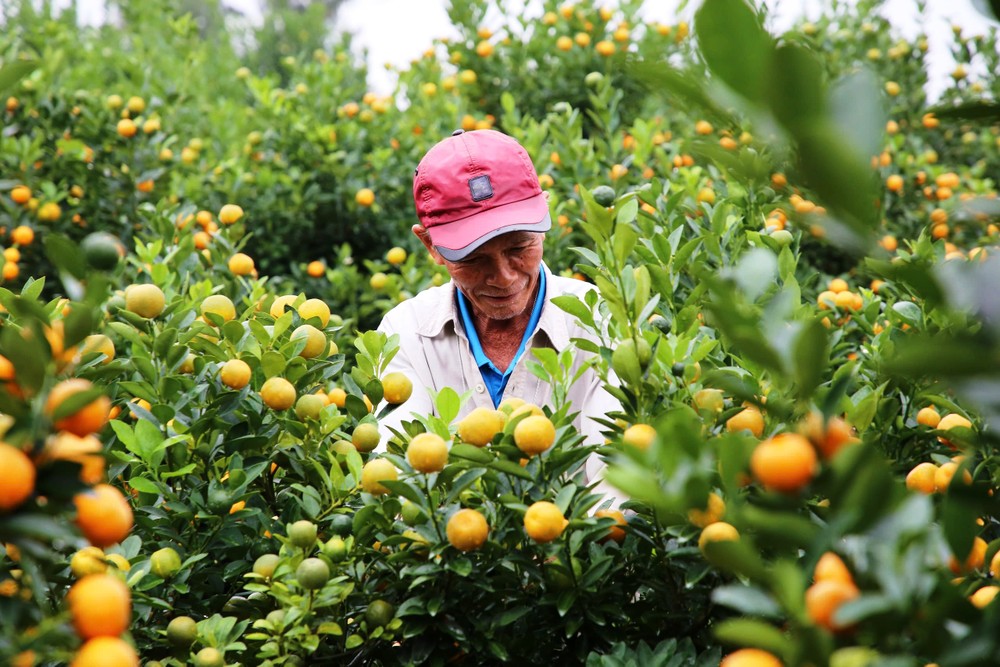
Situated in Cam Ha commune, Cam Ha kumquat tree village is considered the ornamental kumquat tree capital of the Central region. The tradition of cultivating kumquat trees here has spanned over 100 years.
Cam Ha ornamental kumquat trees have many unique shapes and are famous for having fresh green leaves and being laden with large, round and yellow fruits.
Tra Que vegetable village
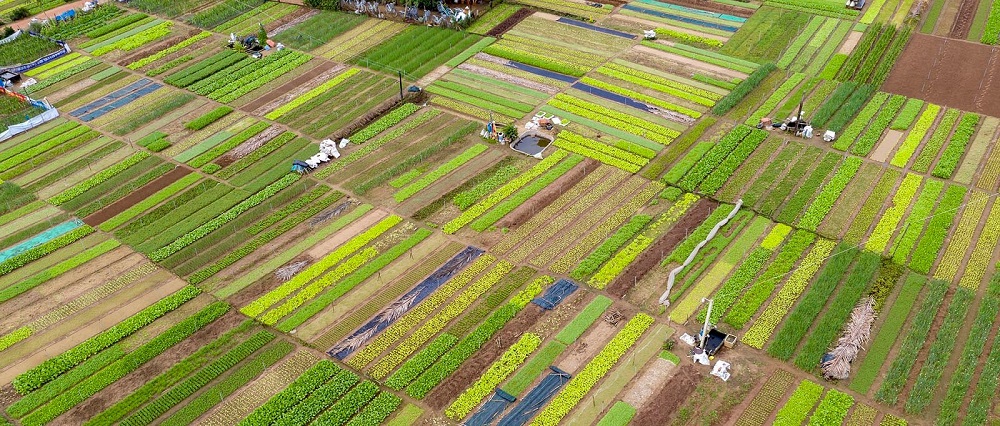
Tra Que vegetable village is located in Cam Ha Commune, between the De Vong River and the Tra Que seaweed lagoon, so it has fertile land that is suitable for cultivation. The special feature of Tra Que vegetables is that they are fertilized with seaweed, thus they are fresh and delicious, having a distinctive flavor compared with vegetables from other areas.
There are approximately 40 types of vegetables in Tra Que village, most of them are aromatic vegetables. The flavor of Tra Que vegetables also plays a vital part in creating unique flavors for Hoi An specialties such as cao lau noodle soup, mixed mussels, etc.
Hopefully, this article gives you detailed insights into renowned craft villages of the heritage land of Hoi An.



